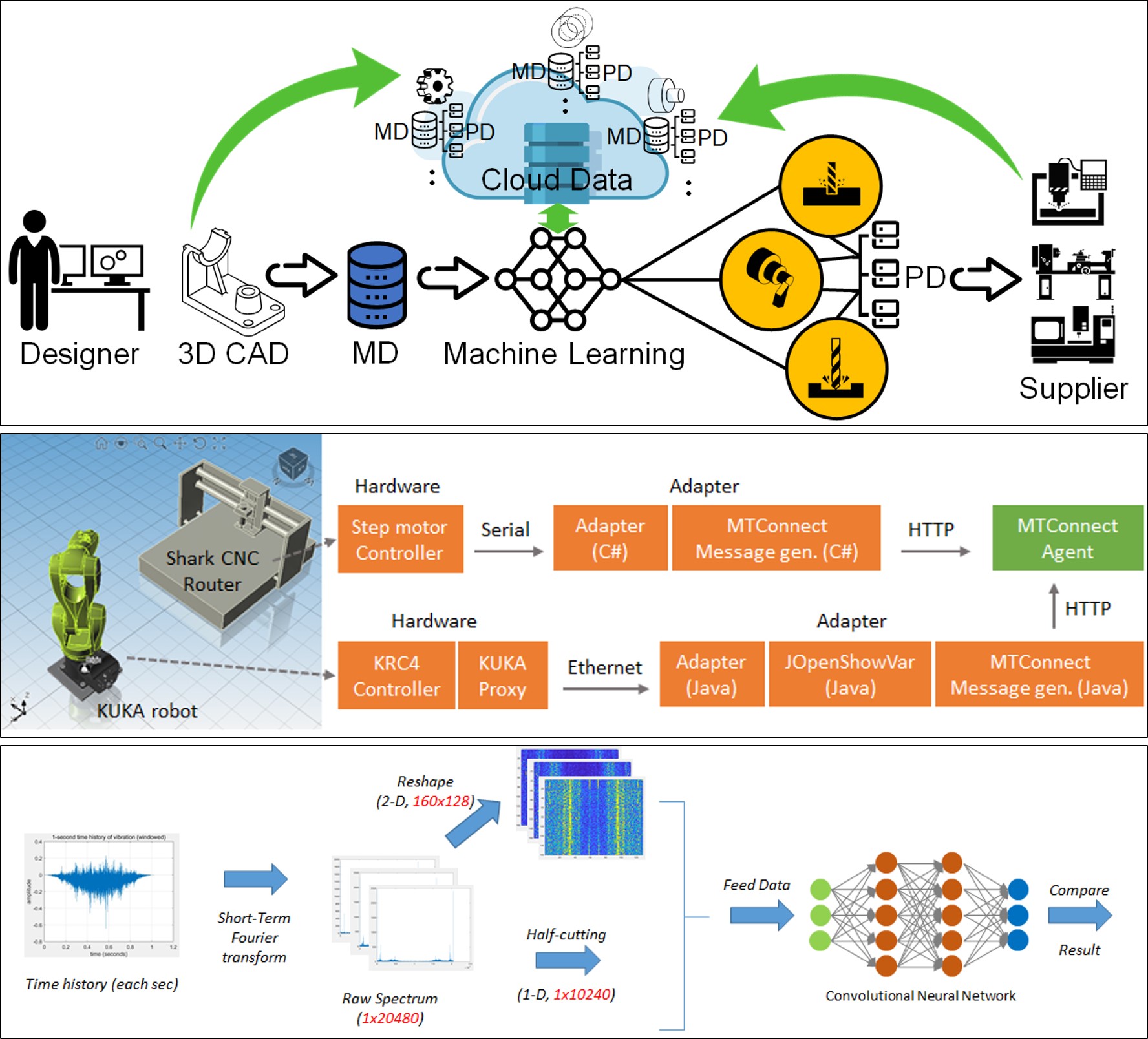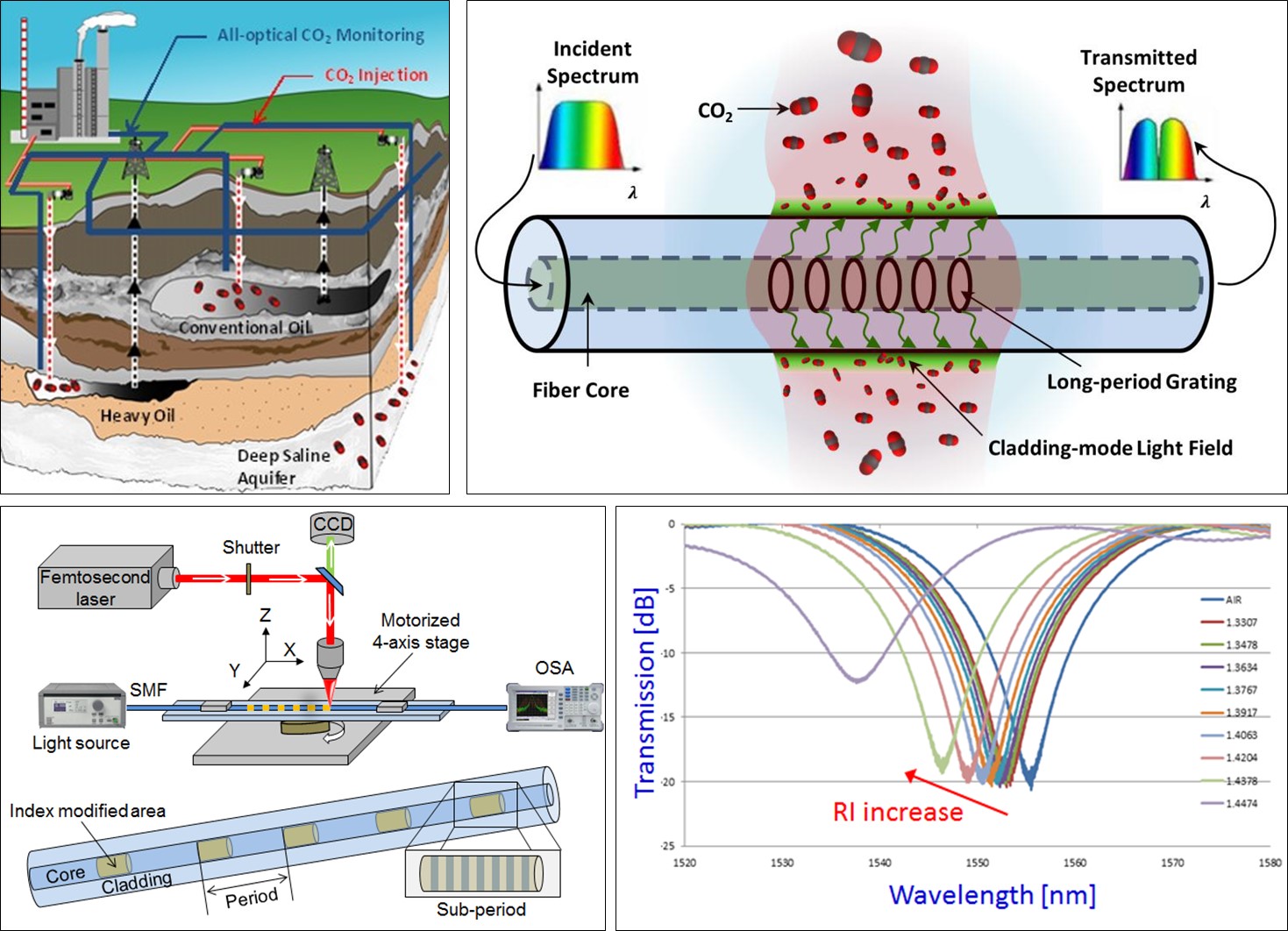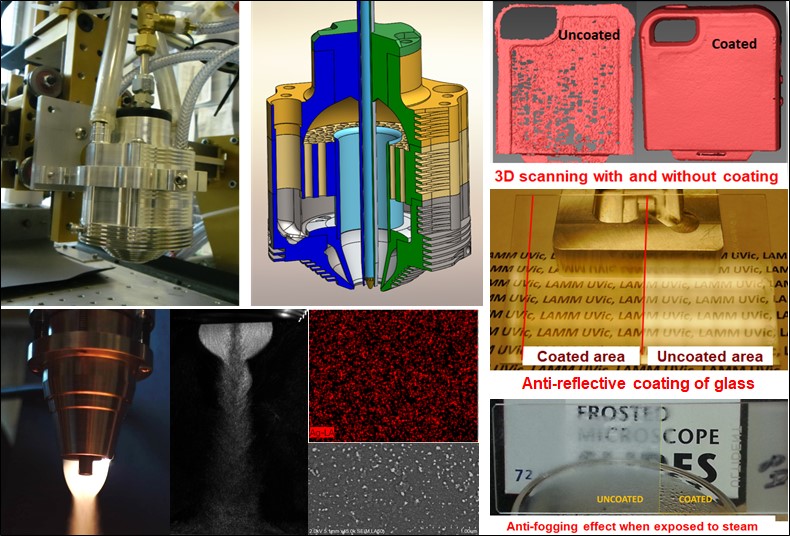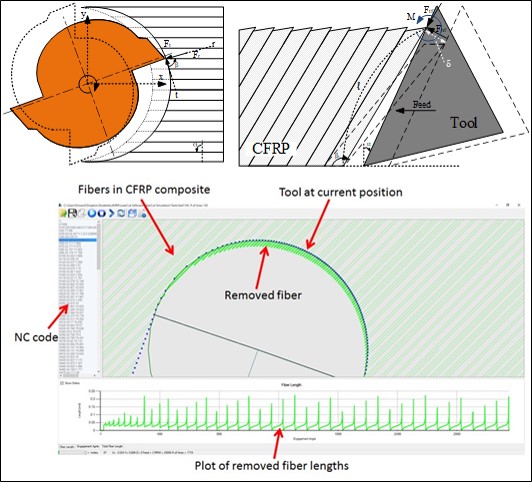Smart Manufacturing
Owing to innovations in digital technologies such as IoT, big data, artificial intelligence, and so on, many machines and devices have become automated, smaller, and smarter. These digital technologies have significant impact on manufacturing technologies and are at the core of 4th industrial revolution. Using these digital technologies can enable full autonomous operation of manufacturing machines, leading to survival and prosperity of small and medium sized manufacturing enterprises. In order to realize this, the first step is to establish the technology for smart monitoring and control of the manufacturing processes and equipment. Smart monitoring and control will enable adaptive automation, where unforeseeable events such as component failure or tool breakage can be predicted and the machine is accordingly serviced autonomously. This requires development of sensors to monitor the machine condition and status, sensor data analytics and machine learning algorithms to predict and determine the machine condition, and middleware technology to enable effective communication between machine and main controller or human. Therefore, the objectives of this project are to use IoT sensors to monitor machines at local manufacturing companies, develop and use data analytics and machine learning algorithms to predict the machine condition, and develop middleware technology to enable standard communication with various machines.



